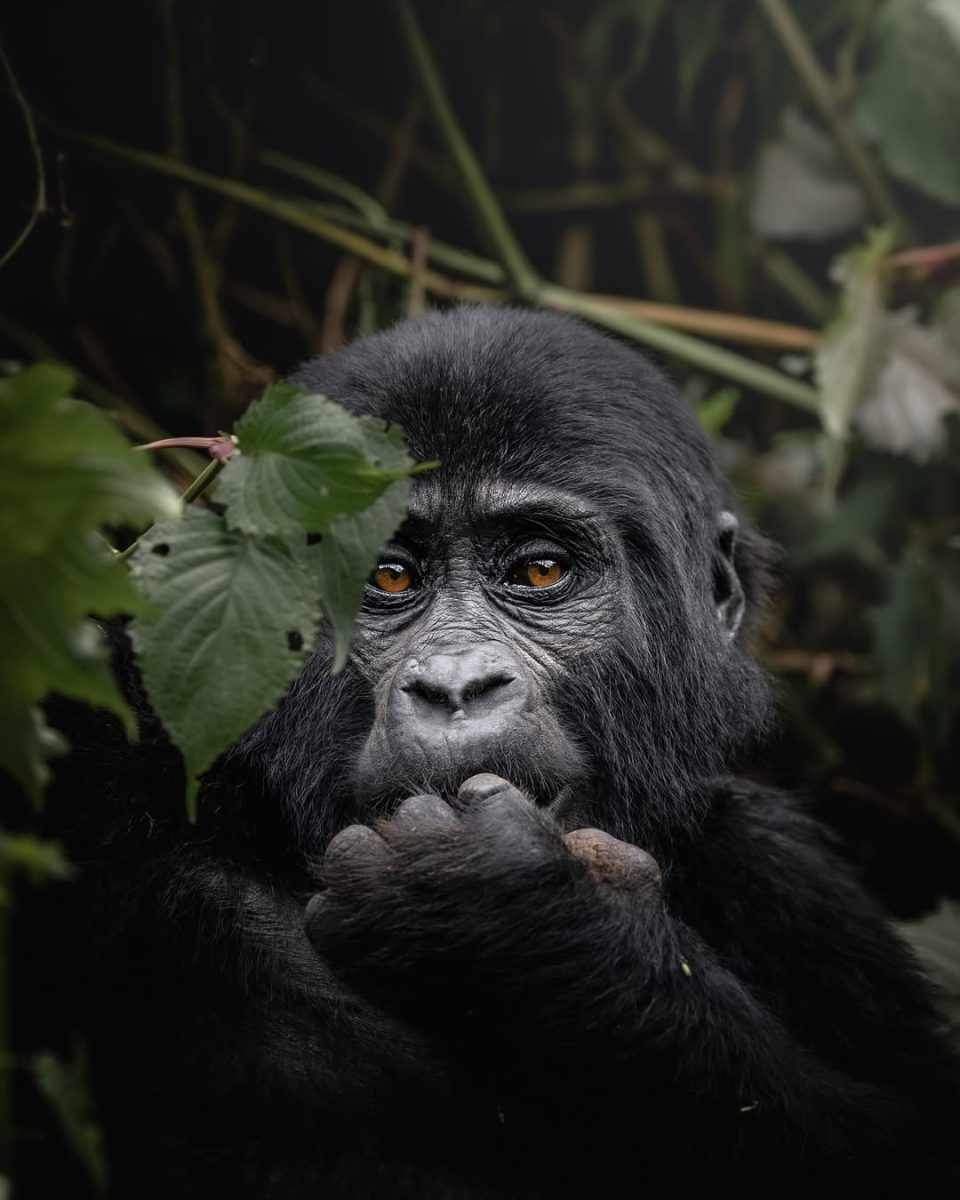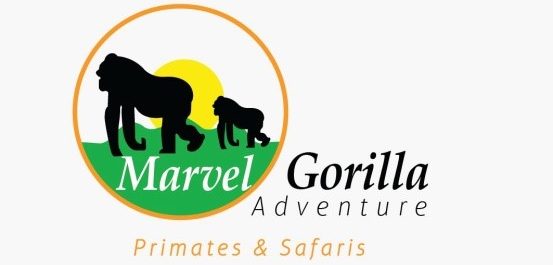Volcanoes National Park
- Home
- Volcanoes National Park
Volcanoes National Park
Volcanoes National Park, locally known as Parc National des Volcans, stands as Rwanda’s most iconic conservation area and a centerpiece of the country’s ecotourism. Spanning about 160 square kilometers in the northwestern corner of Rwanda, this remarkable park is nestled along the borders of Uganda and the Democratic Republic of Congo, forming part of the greater Virunga Conservation Area. Established in 1925 primarily to protect the endangered mountain gorillas, it is among the very first national parks created in Africa, symbolizing the region’s long-standing commitment to wildlife conservation.
The park’s landscape is dominated by the towering Virunga Volcanoes, a chain of eight majestic volcanoes, five of which—Karisimbi, Bisoke, Muhabura, Gahinga, and Sabyinyo—rise from within Rwandan territory. These peaks, some capped with mist and clouds, offer spectacular backdrops of rugged beauty and serve as ecological strongholds for rare and endangered species. At the foot of these volcanoes, the terrain transitions into a mosaic of montane forests, dense bamboo thickets, alpine meadows, open grasslands, and swampy marshes, each providing a unique habitat that supports a stunning diversity of flora and fauna.
Volcanoes National Park is not only a natural treasure but also a cultural and scientific landmark. It became globally renowned through the pioneering work of Dian Fossey, whose gorilla research and conservation efforts here helped save the species from near extinction. Today, the park continues to attract visitors from across the world who come to experience its rich biodiversity, breathtaking scenery, and the chance to stand face-to-face with the legendary mountain gorillas in their natural home.
History of Volcanoes National Park
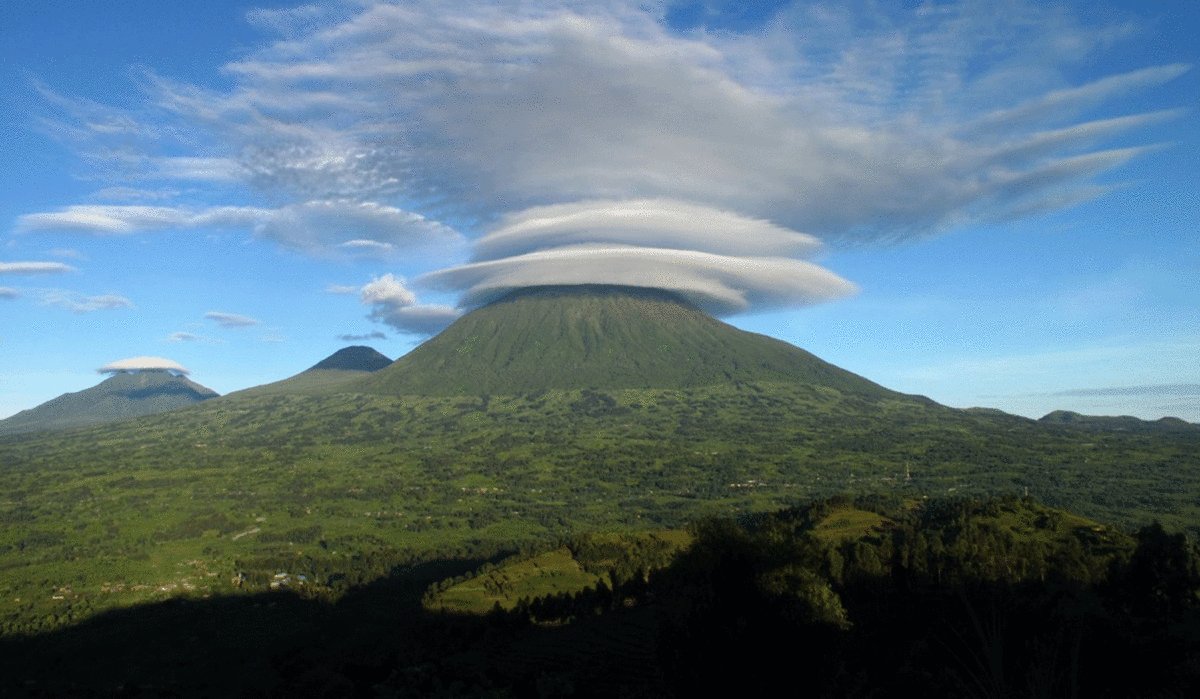
History of Volcanoes National Park
Volcanoes National Park holds the distinction of being one of Africa’s oldest national parks, with its origins dating back to 1925 during the Belgian colonial era. Initially, the park was created to protect the mountain gorillas living in the Virunga Mountains, particularly on the slopes of Mount Karisimbi, Mikeno, and Visoke (Bisoke). At the time, mountain gorillas faced severe threats from hunting, poaching, and habitat destruction as human settlements expanded into the region. Recognizing the urgency to safeguard these endangered primates, colonial authorities established the park—then known as Parc National Albert—covering parts of what is today Rwanda, Uganda, and the Democratic Republic of Congo.
Expansion and Cross-Border Collaboration
In the 1920s and 1930s, conservation efforts expanded significantly under Belgian rule. The park’s boundaries grew, and by 1929, the protected area stretched across Rwanda and the Belgian Congo, forming one of the first transboundary conservation areas in Africa. This laid the foundation for what would later become the Virunga Conservation Area, encompassing Volcanoes National Park in Rwanda, Virunga National Park in the DRC, and Mgahinga Gorilla National Park in Uganda. The collaboration across borders was crucial for the survival of the mountain gorillas, as their habitat extended beyond political boundaries.
Dian Fossey’s Legacy and Gorilla Conservation
The park rose to international prominence in the 1960s when Dian Fossey, the renowned American primatologist, established the Karisoke Research Center between Mount Karisimbi and Mount Bisoke. Her groundbreaking research on mountain gorillas provided deep insights into their behavior, ecology, and social structures, while her passionate conservation campaigns brought global attention to the threats they faced from poaching and habitat loss. Through Fossey’s work and later initiatives, gorilla tourism was introduced as a sustainable way to fund conservation and benefit local communities, transforming Volcanoes National Park into a model for eco-tourism and wildlife protection.
Modern Conservation and Tourism Era
After Rwanda gained independence in 1962, the park continued to face challenges, including population pressure, political instability, and poaching. However, in the 1990s and 2000s, conservation efforts were revitalized with strong government commitment and international support. Today, Volcanoes National Park stands as a conservation success story, with mountain gorilla populations steadily increasing and tourism thriving under strict sustainability guidelines. The park now symbolizes not only Rwanda’s dedication to environmental protection but also its transformation into a leading destination for eco-tourism and adventure travel in Africa.
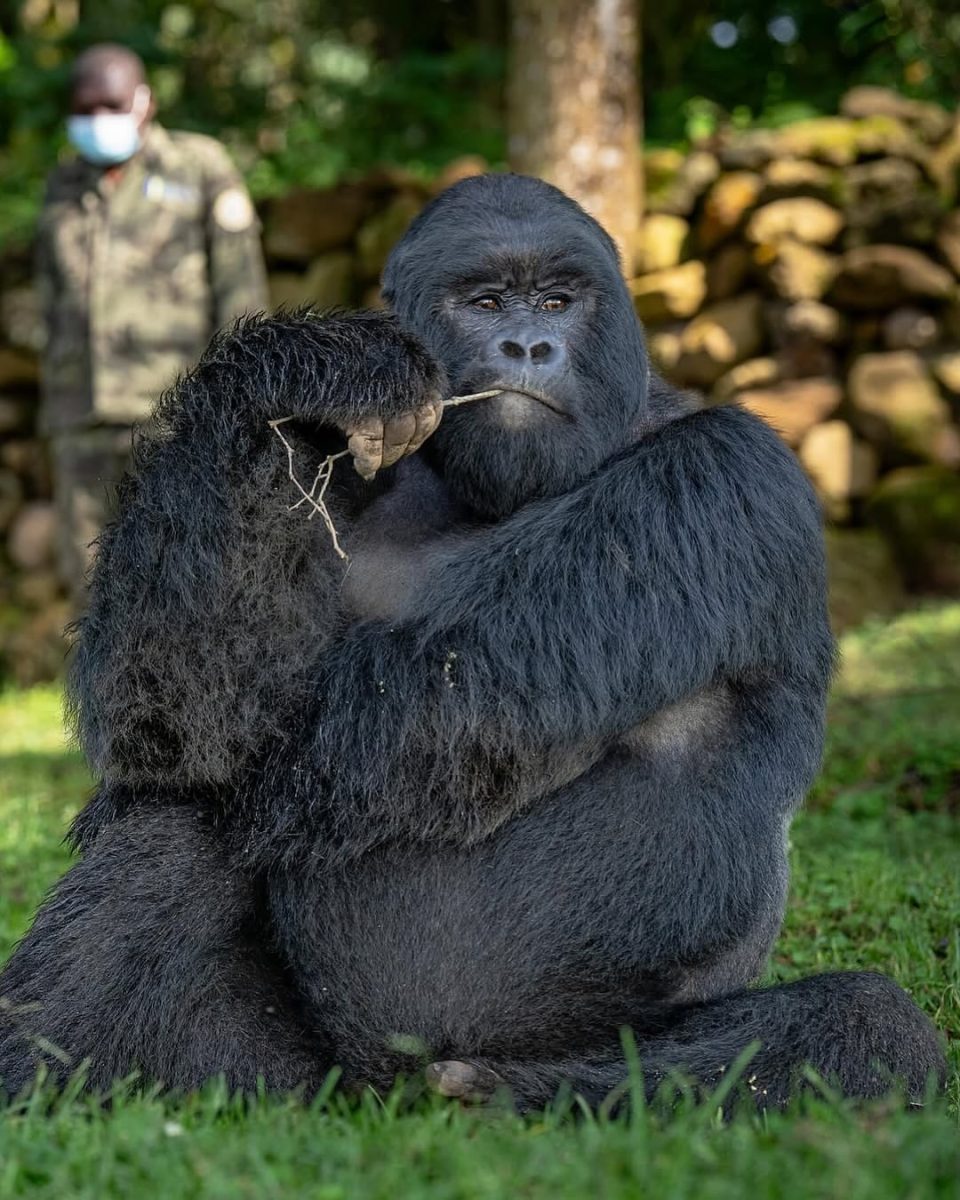
Home of the Mountain Gorillas
Volcanoes National Park is world-famous as a sanctuary for the endangered mountain gorillas (Gorilla beringei beringei), one of the rarest primate species on Earth. With just over a thousand individuals remaining in the wild, these gentle giants are found only in the Virunga Mountains and Bwindi Impenetrable Forest, making the park one of the best and most accessible destinations for gorilla trekking in Africa. Conservation efforts in the region, supported by the Rwandan government and global partners, have helped the mountain gorilla population slowly recover from the brink of extinction, turning the park into a global model for wildlife protection and sustainable tourism.
Within the park, several habituated gorilla families have been accustomed to human presence through years of careful conservation work, allowing visitors to observe them safely and respectfully in their natural habitat. Guided treks through the lush forests take travelers deep into the volcanic slopes, where they can spend an unforgettable hour in the company of these incredible primates. Observing a powerful silverback standing guard over his family, watching playful juveniles swing from branches, or seeing a mother tenderly nurse her infant is a profound and moving experience that few places on Earth can offer.
Activities to Do in Volcanoes National Park
Gorilla Trekking
The highlight of any visit to Volcanoes National Park is undoubtedly gorilla trekking. This once-in-a-lifetime experience allows visitors to hike through lush forests and volcanic slopes in search of one of the park’s habituated mountain gorilla families. The trek can take between one to five hours, depending on the gorillas’ location, but the reward is an unforgettable hour spent observing these incredible primates in their natural habitat. Watching a silverback guarding his family, mothers nurturing their young, and playful juveniles swinging from branches is a deeply moving experience. Gorilla trekking permits are limited, ensuring minimal disturbance to the animals and contributing directly to conservation and local community projects.
Golden Monkey Tracking
Volcanoes National Park is also home to the rare golden monkeys, a subspecies of blue monkeys found only in the Virunga Mountains. Known for their striking golden-orange fur and lively behavior, these primates live in large troops within the park’s bamboo forests. Golden monkey tracking is typically less strenuous than gorilla trekking, and visitors enjoy watching them leap gracefully between bamboo stems, feed on fruits and bamboo shoots, and interact in their social groups.
Hiking Mount Karisimbi
For adventure enthusiasts, climbing Mount Karisimbi—the highest volcano in the Virunga range at 4,507 meters—is a thrilling two-day hike. The trek takes you through different vegetation zones, from bamboo forests to alpine meadows, before reaching the summit with its breathtaking panoramic views. Trekkers often camp overnight near the summit to experience the cool mountain air and starry skies before descending the following day.
Bisoke Crater Lake Hike
Another popular volcano trek is Mount Bisoke, known for its spectacular crater lake at the summit. The hike is moderately challenging, taking about six hours round trip, and rewards hikers with stunning views of the shimmering crater lake surrounded by mist-covered peaks and lush vegetation. This hike is perfect for travelers who want a shorter adventure compared to Karisimbi’s two-day climb.
Dian Fossey Tomb Hike
For those interested in conservation history, the Dian Fossey Tomb Hike offers a chance to visit the former Karisoke Research Center, where the legendary primatologist carried out her groundbreaking work on mountain gorillas. The trek takes you through scenic forest landscapes before reaching her tomb and the ruins of the research station, providing insights into her life, work, and lasting legacy in gorilla conservation.
Bird Watching
Volcanoes National Park is a birdwatcher’s paradise, with over 200 bird species, including many Albertine Rift endemics such as the Rwenzori double-collared sunbird, Rwenzori turaco, and Archer’s robin-chat. The park’s diverse habitats—from bamboo forests to alpine meadows—offer opportunities for both casual birders and serious ornithologists to spot rare and colorful species amidst the stunning volcanic landscapes.
- Cultural Experiences at Gorilla Guardians Village
Formerly known as the Iby’Iwacu Cultural Village, the Gorilla Guardians Village offers visitors a chance to immerse themselves in Rwandan culture. Guests can enjoy traditional dance performances, visit replica king’s palaces, learn about local medicine, try their hand at drumming, or participate in craft-making. These activities not only enrich the visitor experience but also provide a source of income for local communities living around the park.
Community and Nature Walks
For travelers seeking a slower pace, guided nature walks and community tours offer an opportunity to explore the park’s scenic beauty and learn about the people living nearby. Walks through villages, farmlands, and forest edges provide cultural insights, chances to spot smaller wildlife, and beautiful views of the volcanoes towering above the countryside.
Animals to See in Volcanoes National Park
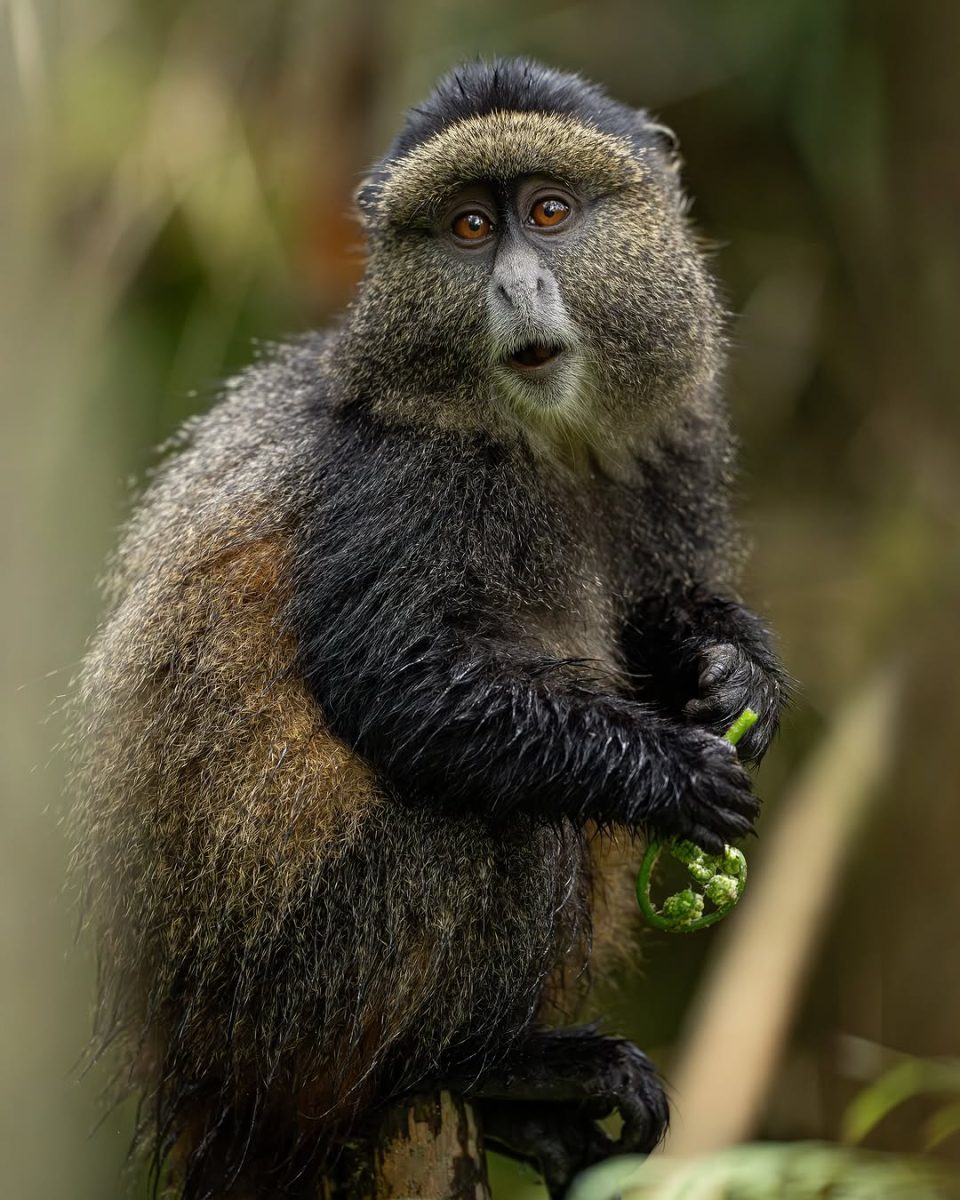
Mountain Gorillas
The endangered mountain gorillas are the park’s biggest attraction and the main reason travelers come from all over the world. Several habituated families live in the forested slopes of the Virunga Volcanoes, offering visitors a rare chance to observe them in their natural environment. These gentle giants live in close-knit family groups led by a dominant silverback and display fascinating behaviors such as grooming, foraging, and caring for their young.
Golden Monkeys
Another star attraction is the golden monkey, a rare primate species found only in the Virunga Mountains. With their striking golden-orange coats and playful demeanor, golden monkeys live in large troops and are often seen leaping between bamboo trees or feeding on fresh bamboo shoots. Their energetic movements and curious nature make tracking them a delightful experience for visitors.
3. Forest Elephants and Buffaloes
Deep within the thick forests and bamboo zones, forest elephants and buffaloes roam the park, though sightings are often rare due to the dense vegetation. These elusive creatures add to the park’s sense of wilderness and mystery, reminding visitors of the diversity of life thriving within the volcanic landscapes. Occasionally, lucky trekkers spot them during hikes or nature walks.
Primates Beyond Gorillas and Golden Monkeys
While gorillas and golden monkeys steal the spotlight, Volcanoes National Park is home to several other primate species. Visitors may encounter black-and-white colobus monkeys, red-tailed monkeys, L’Hoest’s monkeys, and olive baboons along forest edges and trails. These smaller primates bring the forest to life with their calls, playful antics, and social interactions, enriching the overall wildlife experience.
Antelopes and Other Herbivores
The park also harbors a few antelopes such as bushbucks and duikers, which are usually spotted on the forest fringes or in the lower grassland areas. Though less visible than primates, these herbivores contribute to the ecosystem’s balance and offer occasional sightings during hikes or treks through the park.
Birds, Reptiles, and Amphibians
Volcanoes National Park boasts over 200 bird species, including rare Albertine Rift endemics like the Rwenzori turaco and dusky crimsonwing. Birdwatchers can expect exciting sightings along forest trails, swamps, and open meadows. In addition, reptiles such as chameleons, skinks, and monitor lizards, along with frogs and toads, inhabit the park’s wetlands and forest floors, highlighting the park’s rich biodiversity.
Where to Stay in Volcanoes National Park

1. Luxury Lodges
For travelers seeking premium comfort and breathtaking views of the Virunga Volcanoes, several luxury lodges offer world-class amenities and exceptional hospitality:
- Bisate Lodge – A renowned eco-luxury lodge featuring forest villas with panoramic views of the volcanoes, elegant interiors, and gourmet dining. Guests enjoy private butler service and guided nature experiences.
- Sabyinyo Silverback Lodge – Managed by Governors’ Camp, this lodge offers luxurious cottages with fireplaces, private verandas, and stunning views, along with community-focused tourism initiatives.
- One&Only Gorilla’s Nest – A high-end sanctuary offering modern luxury, wellness treatments, fine dining, and close proximity to gorilla trekking starting points.
These lodges cater to travelers looking for exclusivity, personalized services, and immersive nature experiences after adventurous treks.
2. Mid-Range Lodges
For those seeking comfort without the premium price tag, mid-range options provide cozy accommodations and essential amenities:
- Mountain Gorilla View Lodge – Known for its spacious cottages, good food, and proximity to park headquarters, this lodge is a favorite for mid-range travelers.
- La Palme Hotel – Located in nearby Musanze town, offering modern rooms, a restaurant, and easy access to the park.
- Le Bambou Gorilla Lodge – Eco-friendly cottages built from local materials, offering warm hospitality, cultural experiences, and scenic views of the volcanoes.
These lodges balance affordability with comfort, making them ideal for small groups, families, or independent travelers.
3. Budget Lodges and Guesthouses
Budget travelers will find several affordable accommodations that still provide comfortable stays and access to the park’s activities:
- Kinigi Guesthouse – One of the most popular budget options near the park, offering basic but clean rooms and dormitory-style accommodation.
- Villa Gorilla – Provides self-catering facilities, comfortable rooms, and a friendly atmosphere for backpackers and budget travelers.
- Muhabura Hotel – Located in Musanze town, this hotel offers simple, affordable rooms and easy access to local markets and restaurants.
These options are perfect for travelers who want to experience gorilla trekking and the beauty of Volcanoes National Park on a tighter budget.
These lodges give travelers a chance to contribute directly to conservation and community development efforts while enjoying a unique stay.
1. Where is Volcanoes National Park located?
Volcanoes National Park is located in northwestern Rwanda, about 120 kilometers (approximately 2 hours by road) from Kigali, the country’s capital. It lies within the Virunga Mountains, bordering Uganda’s Mgahinga Gorilla National Park and the Democratic Republic of Congo’s Virunga National Park.
2. What is Volcanoes National Park famous for?
The park is best known for being a habitat for the endangered mountain gorillas. It offers some of the world’s best gorilla trekking experiences. It is also famous for golden monkey tracking, hiking dormant volcanoes, bird watching, cultural encounters, and the conservation work of Dian Fossey, the renowned primatologist.
3. How many mountain gorilla families are in Volcanoes National Park?
The park is home to several habituated mountain gorilla families available for trekking, with each family visited by a maximum of eight tourists per day. The number of families may vary over time as new groups form and conservation efforts progress, but typically there are 10–12 families open for tourism.
4. How much does a gorilla trekking permit cost in Rwanda?
A gorilla trekking permit in Rwanda currently costs USD 1,500 per person per trek. The permit includes park entry fees, guides, trackers, and one hour spent with a mountain gorilla family once located.
5. How close can visitors get to the mountain gorillas?
During gorilla trekking, visitors are required to maintain a 7-meter distance from the gorillas to minimize the risk of transmitting diseases and to ensure the gorillas feel safe. However, sometimes the gorillas may come closer out of curiosity, and in such cases, guides will advise on how to behave calmly and respectfully.
6. How many days should I spend at Volcanoes National Park?
Most travelers spend 2–3 days at Volcanoes National Park to enjoy gorilla trekking, golden monkey tracking, and a cultural tour. For hiking Mount Karisimbi or exploring multiple volcanoes, 4–5 days allow for a fuller experience without feeling rushed.
7. When is the best time to visit Volcanoes National Park?
The best time to visit is during the dry seasons from June to September and December to February, when trails are less muddy and hiking conditions are easier. However, gorilla trekking is available year-round, and the lush rainy season landscapes also offer a unique experience for photographers and nature lovers.
8. How difficult is gorilla trekking?
The difficulty depends on the location of the gorilla family being tracked. Some families are found closer to the park headquarters and require only a moderate hike, while others may involve trekking for several hours at higher altitudes. Guides help assign groups based on visitors’ fitness levels, and porters are available for hire to assist with carrying gear.
9. What should I pack for a trip to Volcanoes National Park?
Essentials include sturdy hiking boots, long-sleeved shirts, long trousers, a waterproof jacket, gardening gloves (for stinging plants), insect repellent, snacks, drinking water, and a camera with a rain cover. For those trekking gorillas, a walking stick is provided by the park.
10. Are there age restrictions for gorilla trekking?
Yes, only visitors 15 years and older are allowed to participate in gorilla trekking. This is for safety reasons and to reduce the risk of disease transmission to gorillas.
11. What other activities can I do besides gorilla trekking?
Other activities include golden monkey tracking, hiking Mount Karisimbi and Bisoke, visiting Dian Fossey’s tomb, bird watching, cultural tours at Gorilla Guardians Village, and nature walks around the park.
12. Is it safe to visit Volcanoes National Park?
Yes, the park is very safe. Rwanda is known for its stability and security, and the park employs experienced rangers and guides who ensure visitors’ safety during treks and hikes.
6 Days Uganda Primates
A full primate adventure that takes you deep into Uganda’s forests for close encounters with endangered gorillas and playful chimpanzees, combined with scenic safaris and cultural experiences.
7 Days Rwanda Gorilla & Safari
Explore Rwanda’s stunning landscapes on a week-long adventure, trekking mountain gorillas in Volcanoes National Park and enjoying thrilling wildlife safaris in Akagera National Park.
8 Days Rwanda & Uganda Safari
A perfect blend of primate encounters, scenic landscapes, and wildlife safaris, exploring Rwanda’s volcanoes and savannahs alongside Uganda’s lush forests and iconic national parks.



